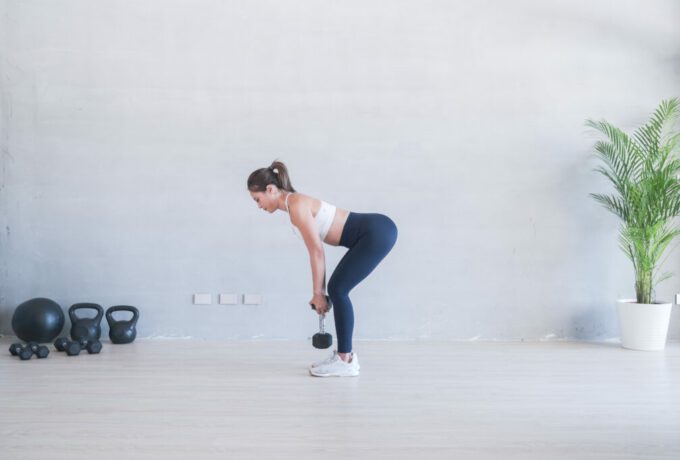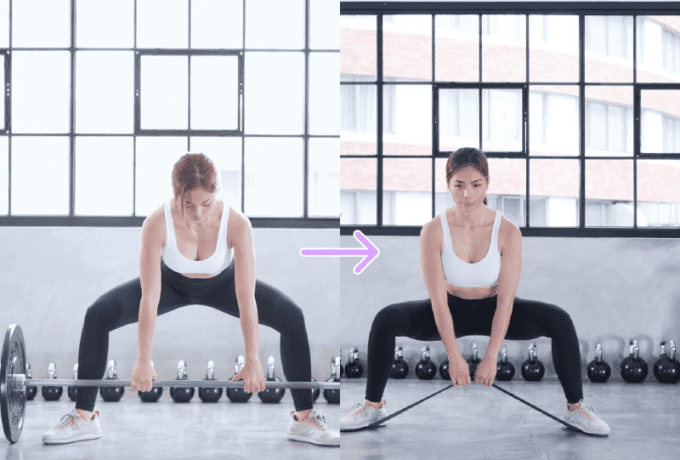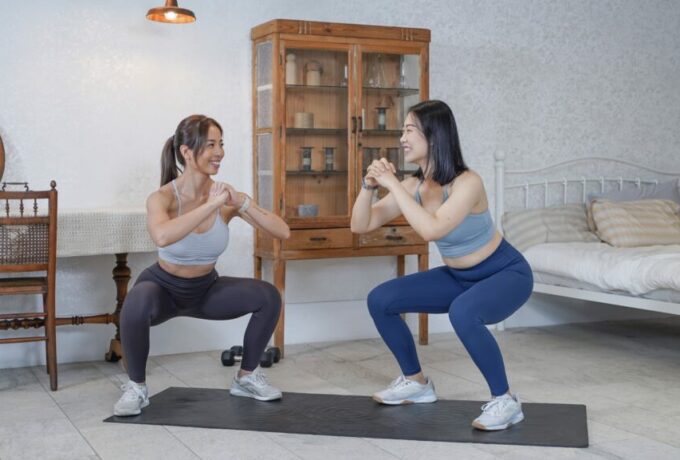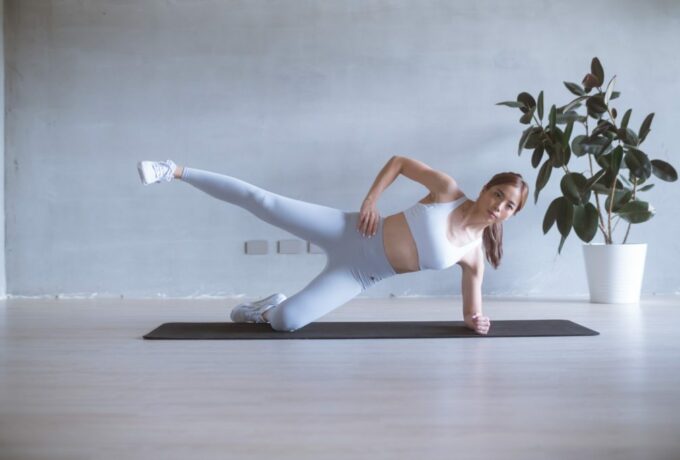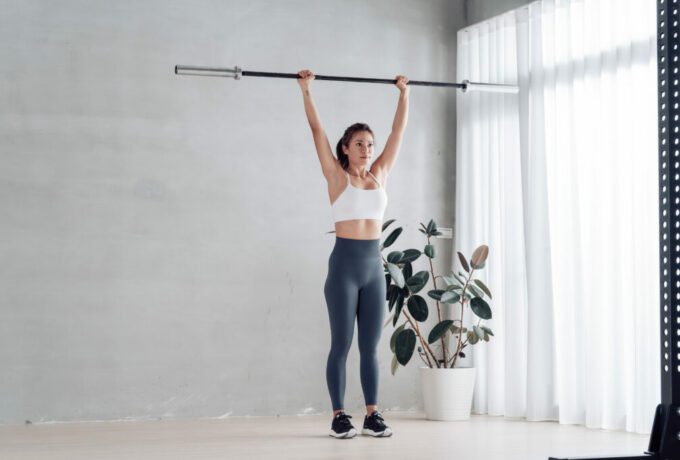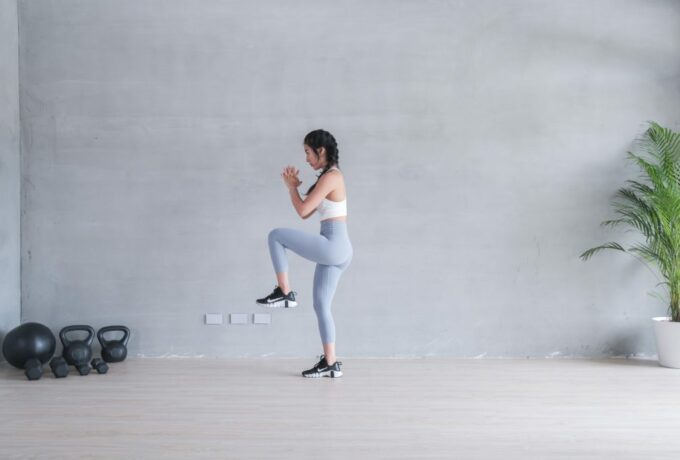Why do I experience edema before my menstrual cycle?
Before menstruation, the secretion of estrogen and luteinising hormone (LH) increases, both of which cause body fat to rise. Luteinising hormone also increases the secretion of aldosterone, whose main function is to retain sodium in the body. As a result, water is easily retained in the body, causing water retention and edema.
Do you feel hungry before and after your period?
The increase in appetite before menstruation is due to the high secretion of luteinising hormone. Luteinising hormone signals the body that it needs a lot of nutrients, which can lead to the storage of water, fat, and nutrients. However, the feeling of hunger is merely a physiological message and not a need for the body. These excess nutrients should be eliminated through metabolism, and the body already has enough stored energy to meet its metabolic needs.
Won’t I gain weight if I eat a lot during my physiological period?
This is a common myth: anytime you consume more calories than your body can metabolize, you will gain weight. In fact, your metabolism during your physiological period is no different from normal, so it’s essential not to be too reckless with your diet. Overeating can lead to weight gain regardless of the menstrual phase.
The four stages of female hormones
- Menstruation (about 4-5 days)
During menstruation, the secretion of luteinising hormone and estrogen decreases, making the body prone to edema, abdominal pain, skin deterioration, diarrhea, moodiness, and other symptoms.
- Proliferative phase (about 10 days)
After menstruation, you enter the proliferative phase when female hormones gradually increase. This is the most radiant period for women, with edema disappearing, happy moods, and more radiant skin.
- Ovulation (2-3 days)
During ovulation, the luteal hormone gradually increases. Some women may feel slight pain in the lower abdomen for 1-2 days during this period.
- Luteal phase (about 10 days)
Also known as premenstrual syndrome, this phase is often experienced by women with symptoms such as swelling, hunger, swollen nipples, irritability, acne, etc. The lining of the uterus also begins to become soft and supple in preparation for the implantation of the fertilized egg.
How does the menstrual cycle align with a weight loss plan?
- Optimal period for weight loss: Menstrual period (1st to 7th day of menstruation)
During menstruation, the secretion of luteinising hormone in the body decreases, and women tend to feel depressed, unfocused, fatigued, and may experience cold hands and feet. As a result, diet becomes a primary focus for weight loss during this time, along with optional exercise.
Dietary advice: Due to blood loss during menstruation, it’s essential to include iron-containing foods in the diet to replenish blood. Foods such as pork liver, beef, black fungus, cherries, and spinach are recommended. Additionally, incorporating high-fiber options like corn and peanuts as staple foods can help with gastrointestinal peristalsis.
Exercise suggestions: During menstruation, women may feel more tired and uncomfortable. Thus, it’s advisable to gauge personal energy levels and decide on suitable exercises accordingly. Reducing the intensity or frequency of workouts may be appropriate during this time. Alternatively, engaging in gentle activities like simple yoga can help in stretching the body.
- Golden period for weight loss: Follicular phase (8th~14th day of menstruation)
After menstruation, the follicular phase represents a hormonal peak period with strong estrogen secretion and accelerated metabolism. During this phase, you may feel more mentally focused, energized, and experience faster food absorption and increased water elimination, making it the legendary golden period for slimming!
Dietary advice: As it is a period of accelerated slimming, it is recommended to reduce the intake of carbohydrates and starch while cutting down on calories to speed up weight loss. Additionally, consider supplementing your diet with low-calorie proteins such as eggs, fish, and chicken breast to replenish nutrients lost during menstruation.
Exercise advice: With the body in a phase of accelerated metabolism, focusing on weight training with low numbers of sets can effectively stimulate different muscle groups throughout the week. This approach often yields the best results and contributes to achieving a leaner body.
- Weight loss trend: Luteal phase (15th to 21st day after menstruation)
During this phase, the body’s luteinising hormone secretion increases, leading to a gradual slowdown in metabolism and rougher skin texture. Consequently, the rate of weight loss begins to decrease. However, maintaining a balanced diet and regular exercise throughout the whole month’s weight loss program can still yield good results.
Dietary advice: To enhance the effect of fat burning during the slower metabolism phase, adopting a light fasting method like the 168 fasting can be beneficial. In addition to paying attention to water and fiber intake, consider supplementing with vitamin B, which can help regulate menstruation and promote calmness. Foods such as brown rice, pork, egg yolk, legumes, oatmeal, and milk are good sources of vitamin B, and consuming more low GI (Glycemic Index) food is advisable.
Exercise suggestions: Despite the slower metabolism during this phase, it is essential not to overlook the importance of exercise. Consider adding about half an hour of cardio-pulmonary exercise after weight training to increase calorie consumption.
- Weight loss stagnation: Secretion period (22nd to 28th day of menstruation)
During the week before menstruation, the secretion of luteinising hormone reaches its peak, which can easily lead to premenstrual syndrome (PMS) symptoms such as edema, acne, emotional instability, and insomnia. Additionally, appetite tends to increase, and subcutaneous fat becomes more active, making weight loss less effective and edema more likely.
Dietary advice: It’s essential to drink more water, reduce the intake of high-sodium foods, and consume more potassium-rich foods like spinach, corn, and mushrooms. These can help inhibit sugar cravings and reduce edema.
Exercise suggestion: As it is common to feel agitated before menstruation, consider adding some gentle yoga stretches to your usual workout routine during this time. You can also incorporate soothing aromas or music to help you relax.
By understanding and mastering the physiological periods of the weight loss cycle, you can enhance the efficiency of weight loss. Combining proper exercise and diet strategies can lead to better results. With a two-pronged approach, achieving your ideal body weight becomes more attainable.



